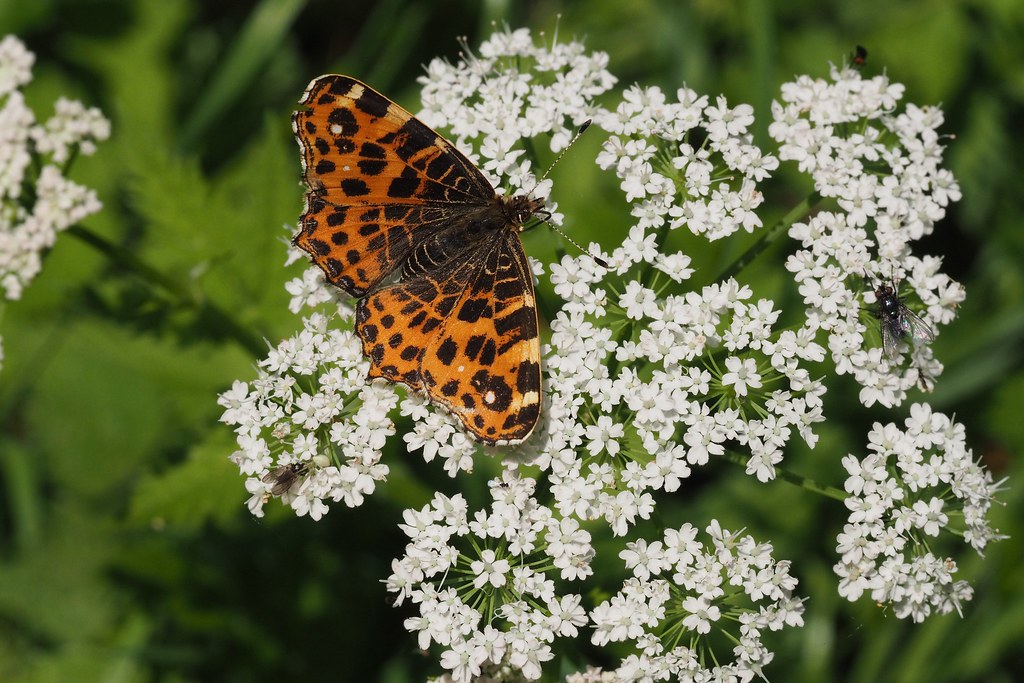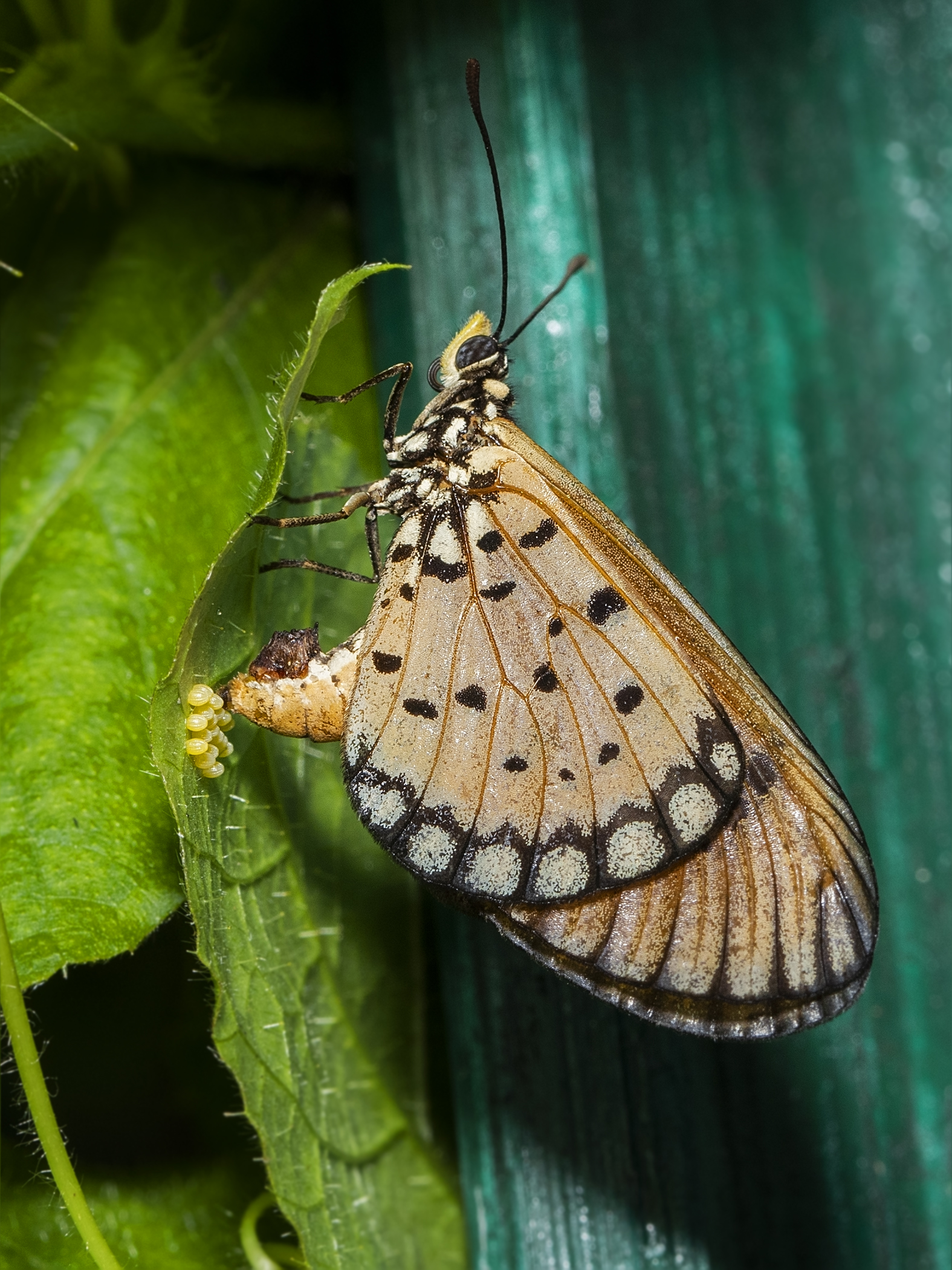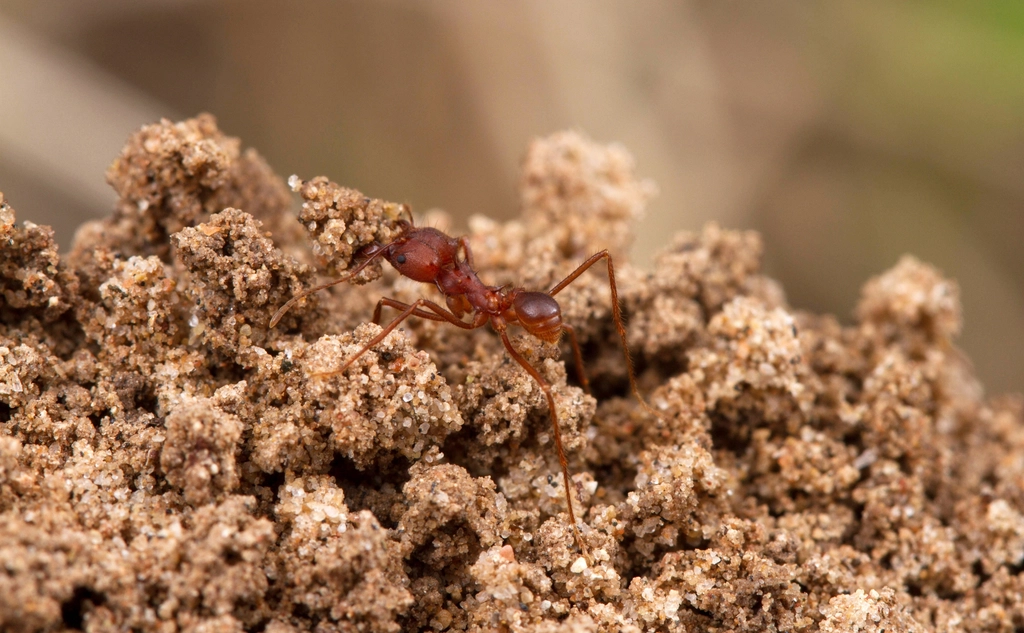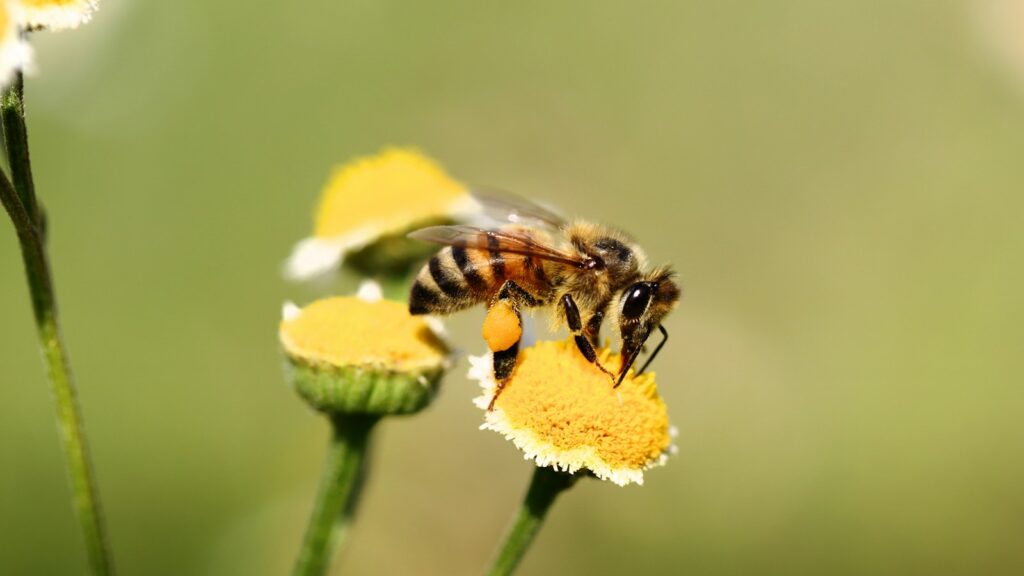Picture this: you’re sipping your morning coffee, gazing out at your garden, when suddenly you notice something extraordinary. The air is alive with butterflies dancing from flower to flower, bees humming contentedly as they collect nectar, and tiny beetles scurrying through the mulch like nature’s cleanup crew. Your yard has transformed into a thriving ecosystem where every creature has a purpose, and you’ve become the architect of this incredible world. This isn’t just wishful thinking – it’s absolutely achievable, and the benefits extend far beyond what meets the eye.
The Hidden Heroes Living Right Under Your Nose

Most people don’t realize that a single handful of healthy garden soil contains more living organisms than there are people on Earth. These tiny creatures work tirelessly, breaking down organic matter, aerating soil, and creating the perfect conditions for plants to thrive. When you create a bug-friendly environment, you’re essentially hiring the world’s most efficient workforce for free. Beneficial insects like ground beetles can consume up to 50 pest insects per day, while a single ladybug might devour 5,000 aphids in its lifetime. Think of your garden as a bustling city where every resident has a job, and bugs are your most reliable employees.
Why Your Garden Desperately Needs More Bugs

Here’s something that might shock you: without insects, our entire food system would collapse within months. About one-third of everything we eat depends on insect pollination, from the apples in your fruit bowl to the almonds in your granola. Beyond pollination, insects are nature’s recycling system, breaking down dead plant material and animal waste into nutrients that feed the soil. They also serve as a crucial food source for birds, bats, and other wildlife that help control pest populations naturally. When you welcome bugs into your garden, you’re not just helping tiny creatures – you’re supporting an entire web of life that keeps our ecosystems functioning.
Native Plants: The Foundation of Your Bug Hotel

Native plants are like speaking the local language in your garden – they communicate perfectly with local insect species that have evolved together over thousands of years. A single native oak tree can support over 500 species of butterflies and moths, while non-native plants might host fewer than five. Research shows that yards with 70% native plants can support significantly more bird species because there are more insects for them to eat. Start by replacing just one non-native plant each season with a native alternative, and you’ll be amazed at how quickly the bug diversity in your garden increases.
Creating the Perfect Bug Buffet with Diverse Blooms
Imagine trying to survive on just one type of food for an entire year – that’s what many gardens offer to insects. Different bugs need different flower shapes, sizes, and blooming times to thrive throughout the seasons. Plant shallow flowers like cosmos and zinnias for small beneficial wasps, while deeper blooms like bee balm and cardinal flower attract long-tongued butterflies and hummingbird moths. Succession planting ensures there’s always something blooming from early spring through late fall, providing a consistent food source when insects need it most. Aim for at least three different plants blooming in each season to create a true insect paradise.
Water Features That Bugs Actually Want to Visit
Not all water features are created equal in the insect world. While a pristine swimming pool might look appealing to humans, bugs prefer shallow, muddy puddles with landing spots and gentle slopes. Create a simple bug watering station using a shallow dish filled with pebbles and fresh water, or dig a small depression in your garden that naturally collects rainwater. Butterflies especially love muddy areas where they can “puddle” – gathering minerals and salts essential for reproduction. Even a leaky hose or dripping faucet can become a bug magnet if you let a small muddy area form beneath it.
Building Bug Highways Through Your Landscape

Insects need safe corridors to travel between feeding, nesting, and breeding areas, just like we need sidewalks and roads. Creating these pathways means connecting flower beds with strips of native plants, leaving unmowed areas along fence lines, and avoiding pesticide use in transition zones. Think of your garden as having different neighborhoods – the formal flower bed, the wild meadow area, the vegetable patch – and insects need safe routes between them all. A simple row of native wildflowers can serve as a superhighway for beneficial bugs, allowing them to patrol your entire property for pests.
The Art of Messy Gardening for Maximum Bug Appeal

The most beautiful gardens for bugs often look a little wild and unkempt to human eyes. Leave plant stems standing through winter instead of cutting everything back – they provide overwintering sites for beneficial insects and their eggs. Piles of leaves, small brush heaps, and even that dead tree branch you’ve been meaning to remove can become five-star bug hotels. Many native bees nest in hollow stems, while ladybugs overwinter under leaf litter and fallen logs. Embrace the controlled chaos – your bug guests will appreciate the natural accommodations more than any perfectly manicured landscape.
Timing Your Garden Tasks for Bug-Friendly Success

When you clean up your garden can make the difference between a thriving bug population and an empty yard. Avoid the traditional fall cleanup that removes all the natural overwintering sites insects depend on. Instead, wait until late spring when temperatures consistently stay above 50 degrees before clearing away old plant material. This gives beneficial insects time to emerge from their winter hiding spots and find new homes. If you must do some tidying, work in sections and leave at least 30% of your garden “messy” year-round to provide continuous habitat.
Pesticide-Free Strategies That Actually Work

Going pesticide-free doesn’t mean accepting plant damage – it means working with nature’s own pest control system. Beneficial insects like parasitic wasps, hoverflies, and predatory mites will handle most pest problems if given the chance to establish themselves. When you see aphids on your roses, wait a week before taking action – often, ladybugs and lacewings will arrive naturally to clean up the problem. For stubborn pest issues, try targeted solutions like introducing beneficial nematodes for soil-dwelling pests or using row covers during vulnerable plant stages rather than broad-spectrum sprays that kill good bugs along with the bad ones.
Creating Specialized Habitats for Different Bug Families

Different insects have vastly different housing needs, like the difference between a studio apartment and a sprawling mansion. Solitary bees prefer individual tubes or holes in wood blocks, while social bees need larger cavities for their colonies. Ground-dwelling beetles appreciate loose mulch and stone piles where they can hunt for prey and hide during the day. Butterfly larvae need specific host plants – monarchs require milkweed, while swallowtails prefer plants in the carrot family. Research which insects are native to your area and what they need, then create custom accommodations for your target species.
The Secret Life of Soil Bugs and How to Support Them

The most overlooked residents of your bug paradise live beneath the surface, working tirelessly to create healthy soil conditions. Springtails break down organic matter, while ground beetles hunt pest larvae that attack plant roots. These soil-dwelling insects need consistent moisture, organic matter to feed on, and protection from disturbance. Maintain a 2-3 inch layer of organic mulch, avoid tilling or digging when possible, and add compost regularly to feed the underground community. A thriving soil ecosystem will naturally suppress many plant diseases and create the foundation for a healthy above-ground bug population.
Seasonal Strategies for Year-Round Bug Support

Each season brings different opportunities to support your garden’s insect community. Spring is the time to plant early bloomers like crocuses and wild lupine that provide nectar when few other flowers are available. Summer focuses on maintaining diverse bloom succession and providing adequate water sources during hot, dry periods. Fall preparation involves leaving seed heads for insects that overwinter as eggs or larvae, while winter is surprisingly active with species like winter moths and early-emerging native bees on warm days. Plan your bug-supporting activities around the natural rhythms of insect life cycles for maximum impact.
Common Mistakes That Turn Bug Paradises Into Bug Deserts

Even well-intentioned gardeners can accidentally create hostile environments for beneficial insects. Over-fertilizing with synthetic fertilizers can create lush plant growth that’s actually less nutritious for bugs, while excessive watering dilutes the nectar in flowers. Planting only showstopper hybrid flowers might look impressive but often lacks the pollen and nectar that insects need. Night lighting can seriously disrupt nocturnal insects like moths, which are crucial pollinators for many native plants. The biggest mistake is impatience – it can take 2-3 seasons for a truly diverse insect community to establish itself in your garden.
Measuring Your Success in the Bug Paradise Game

You’ll know your bug paradise is working when you start noticing changes that go beyond just seeing more insects. Bird activity typically increases as insect populations grow, since many songbirds feed insects to their young even if the adults eat seeds. Plant health often improves dramatically as beneficial insects control pest species and improve pollination rates. Keep a simple garden journal noting which insects you spot each month – you might be surprised at the diversity that develops over time. Photo documentation can be especially rewarding, as you’ll capture species you might not have noticed otherwise and can track seasonal patterns in your bug community.
Beyond Your Backyard: Connecting to the Bigger Picture

Your individual garden might seem small, but it becomes part of a crucial network when viewed from an insect’s perspective. Urban and suburban yards collectively create thousands of acres of potential habitat that can support migrating butterflies, traveling bees, and local wildlife populations. Encourage neighbors to adopt bug-friendly practices, and your collective impact multiplies exponentially. Share seeds from your native plants, offer advice about pesticide alternatives, and celebrate the amazing insects you discover together. When entire neighborhoods embrace bug-friendly gardening, the result is habitat corridors that can support species across much larger landscapes than any single property could manage alone.
Your garden transformation into a bug paradise isn’t just about creating a beautiful space – it’s about becoming part of something much larger than yourself. Every native plant you establish, every pesticide application you skip, and every messy corner you leave untidy contributes to a web of life that extends far beyond your property lines. The butterflies that visit your flowers might travel hundreds of miles during migration, carrying the energy they gained in your garden to places you’ll never see. As more people discover the joy and importance of bug-friendly gardening, we create stepping stones of habitat that help insects survive in an increasingly challenging world. What started as a simple desire to attract a few more butterflies to your yard becomes a powerful act of environmental stewardship that future generations will thank you for.

